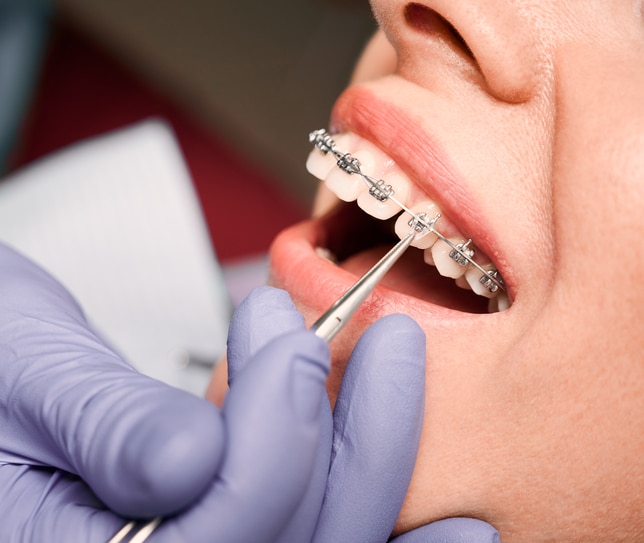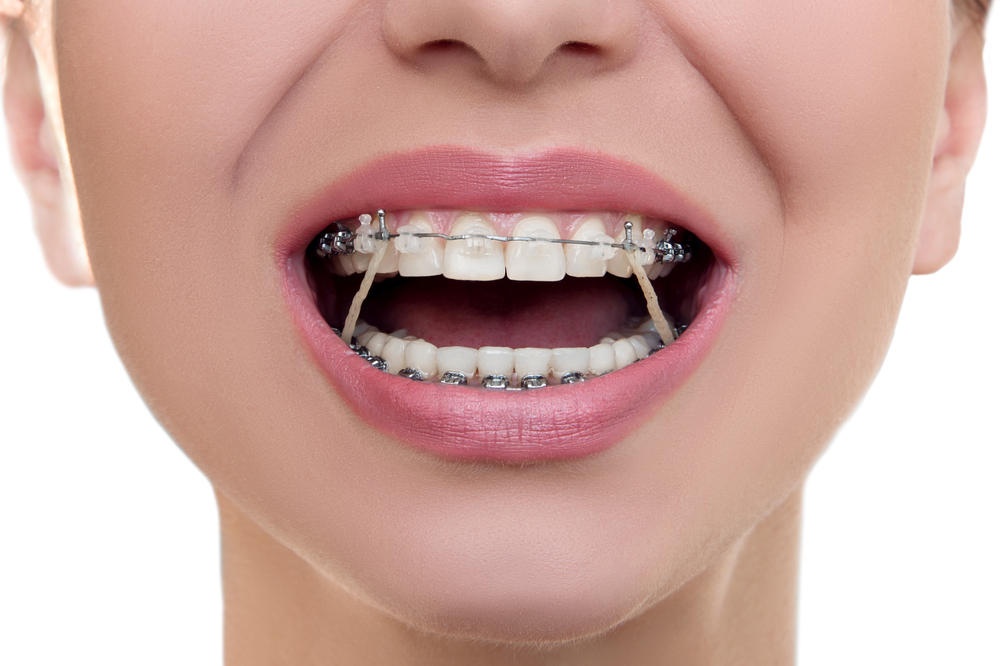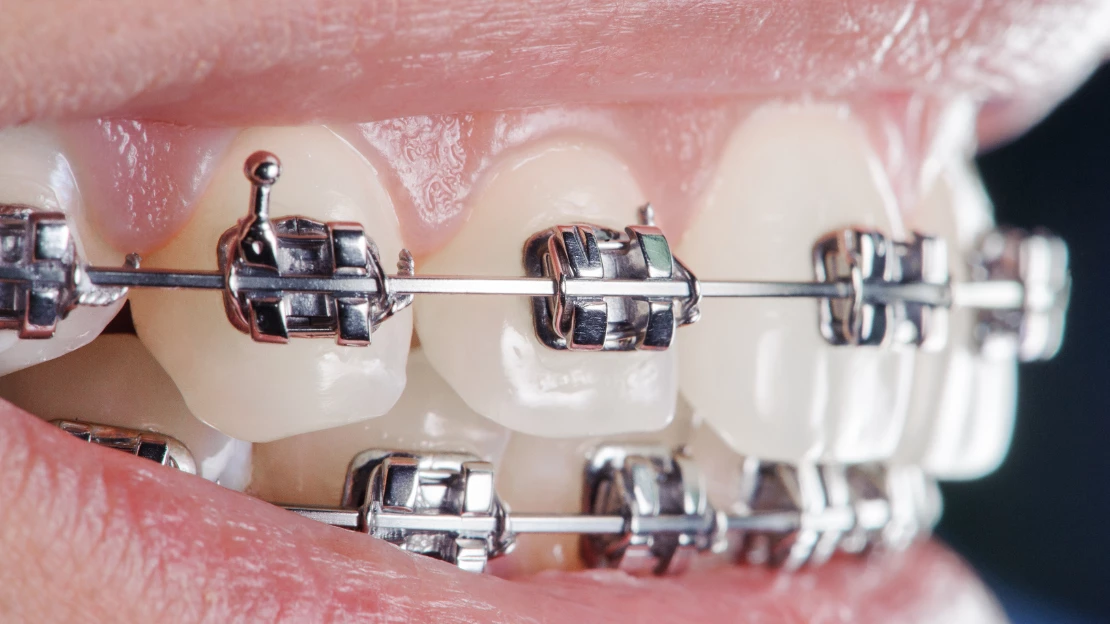Comprehensive Guide to Orthodontics Treatments for Fixing Dental Misalignments
Comprehending the ins and outs of each procedure, including their devices, advantages, and potential drawbacks, is critical in making educated choices regarding one's orthodontic treatment. As we browse via the thorough overview to orthodontic treatments for fixing oral misalignments, the elaborate details of each approach will unfold, losing light on the course toward a functional and harmonious dental placement.
Orthodontic Procedures Overview

In addition to clear aligners and traditional braces, orthodontists might also advise various other treatments like headwear, palatal expanders, or retainers to address certain alignment problems (braces). These treatments are tailored to each individual's special needs and may include a combination of therapies to attain the preferred outcomes. Regular modifications and monitoring are essential components of orthodontic therapy to make sure development gets on track and to make any required alterations in the process. By going through orthodontic treatments, clients can not only attain a straighter smile however additionally enhance their overall oral health and function.
Typical Braces: How They Function
When considering orthodontic treatments for dental imbalances, conventional braces stick out as a tried and true method for remedying teeth positioning. Conventional braces consist of brackets, cables, and bands that interact to apply continual pressure on the teeth, progressively relocating them into the preferred positioning. The brackets are affixed to the teeth utilizing a special adhesive, and the cables are threaded with the brackets. By changing the tension of the cords, orthodontists can control the instructions and force applied to each tooth, guiding them right into appropriate alignment in time.
As stress is applied to the teeth via the braces, the bone bordering the teeth is reshaped to support the brand-new tooth placements. People will need routine modifications at the orthodontist's workplace to make sure the braces proceed to apply the right stress for effective teeth movement.
Invisible Aligners: Advantages And Disadvantages
Unseen aligners provide a hassle-free and discreet alternative to typical braces for remedying oral imbalances. These clear, personalized trays are virtually unseen when worn, making them an attractive option for people looking for a much more visually pleasing orthodontic treatment. Among the key benefits of undetectable aligners is their removability, enabling much easier upkeep of oral hygiene contrasted to standard braces. Clients can eliminate the aligners before consuming or cleaning their teeth, lowering the threat of food obtaining embeded the device and streamlining the cleansing process.

Surgical Orthodontic Options
Surgical interventions in orthodontics present sensible choices for addressing intricate oral misalignments that might not be successfully fixed through standard orthodontic treatments. While typical dental braces and unseen aligners can correct several orthodontic dentist description concerns, certain instances need medical treatment to achieve optimum outcomes. Surgical orthodontic alternatives are usually recommended for severe malocclusions, significant jaw disparities, and instances where the underlying bone structure requires modification to attain proper positioning.
One usual surgical orthodontic treatment is orthognathic surgical treatment, which entails repositioning the jaws to deal with functional concerns such as problem eating or talking. This surgical procedure is commonly executed in collaboration with an orthodontist that helps line up the teeth before and after the treatment. Surgical orthodontics might additionally entail procedures to expose affected teeth, remove excess gum tissue, or improve the jawbone to create a much more harmonious face account.
Prior to considering medical orthodontic choices, people go through a detailed analysis to determine the necessity and possible advantages of such treatments. orthodontist. While surgery may seem challenging, it can dramatically improve both the function and aesthetics of the smile in cases where traditional orthodontic therapies fall short
Retainers and Post-Treatment Treatment

Failure to comply with post-treatment care directions can result in regression, where the teeth gradually move back towards their original placements. Consistent retainer wear, great oral hygiene, and regular dental exams are necessary for maintaining the results attained with orthodontic surgical procedure and ensuring the long-term security of the fixed dental placement.
Conclusion
Finally, orthodontic procedures provide different options for remedying dental imbalances. Conventional dental braces use metal brackets and cords to move teeth into correct positioning. Unnoticeable aligners offer a more very discreet alternative however might not be appropriate for all instances. Surgical orthodontic choices are offered for more severe imbalances. Retainers are commonly utilized post-treatment to preserve the brand-new placement. In general, orthodontic procedures can successfully boost oral health and visual look.
As we navigate through the comprehensive guide to orthodontic procedures for correcting dental imbalances, the elaborate details of each technique will unravel, losing light on the course towards a practical and harmonious oral positioning. - orthodontics
One of the most typical orthodontic treatments is the use of braces, which consist of metal brackets and wires that apply mild stress to gradually move teeth into the wanted position.When thinking about orthodontic therapies for dental misalignments, conventional braces stand out as a tried and true technique for fixing teeth placing. In addition, unnoticeable aligners might not be appropriate for complicated orthodontic problems that call for more significant teeth activity, as they are usually advised for mild to moderate cases. Retainers Full Report are customized orthodontic devices developed to hold teeth in their remedied placements after the conclusion of orthodontic treatment.